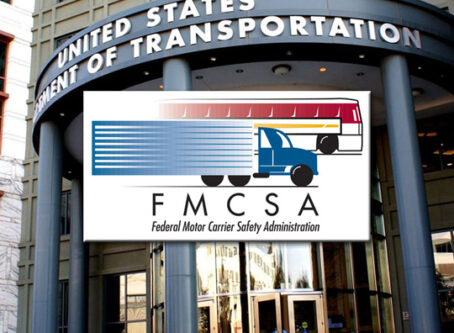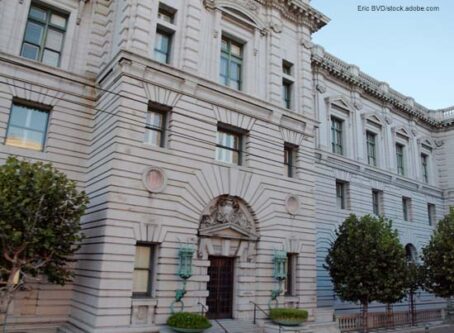Wilsonart must face crash lawsuit in controversial dashcam case
Despite winning a hard-fought battle in the Florida Supreme Court regarding the state’s summary judgment rules, a circuit court judge denied trucking company Wilsonart’s motion for summary judgment in a crash lawsuit.
On Sept. 17, the Ninth Judicial Circuit Court in Osceola County, Fla., denied Wilsonart’s and one of its drivers, Samuel Rosario, motion for summary judgment. On Dec. 31, the Florida Supreme Court denied summary judgment as well. However, the high court also changed the summary judgment rules more in Wilsonart’s favor, paving the way for the trucking company to file another motion for summary judgment with the new rules.
Does video footage eliminate ‘the slightest of doubt’
The controversial and widely watched case stems from a fatal crash between Rosario and another vehicle driven by Jon Lopez. Wilsonart’s attorney argued that dashcam footage backed up its claims while refuting all of the claims of the estate of Lopez. However, Florida’s summary judgment rules at the time did not allow video evidence as a basis for summary judgment.
Essentially, Florida rules only required “the slightest doubt that material issues could be present.” For Wilsonart, despite clear video evidence, any eyewitness’ conflicting account can derail a summary judgment motion in Florida. Unlike Florida law, the Celotex Trilogy standard lowers the bar by not requiring the movant to negate opposing claims. Rather, they only need to show “there is no genuine issue as to any material fact.”
Applying that standard to Wilsonart’s case, a dashcam video clearly contradicting an eyewitness account shows no “genuine” issue. Every amicus brief filed in the Wilsonart case wanted Florida to move to that standard, as 41 other states have.
Hours before New Year’s Day, the Florida Supreme Court denied summary judgment based on the old rules while at the same time adopting the Celotex Trilogy standard. The case was sent back to the circuit court. On May 28, Wilsonart filed a motion for final summary judgment based on the new rules less than a month after they went into effect.
Sudden lane change versus straddling lanes
In the Wilsonart case, the circuit court judge must determine whether or not the issues with the dashcam video are “genuine” and that a “reasonable” jury could return a verdict in his favor.
Specifically, Lopez needs to “do more than simply show that there is some metaphysical doubt as to the material facts,” the court order stated. For example, suggesting the slight possibility of a fake video is not enough. The judge ruled that Lopez had met the burden of evidence.
Central to the case is how Rosario was driving. Since Lopez rear-ended the truck, Florida law presumes that he was the sole proximate cause of the collision. Lopez’s estate would have to demonstrate either Rosario was somehow negligent or that he was not the sole proximate cause of the crash.
During court proceedings, an eyewitness had said that Rosario made a sudden lane change by veering out of the center lane. Wilsonart’s dashcam footage contradicted that theory, which was the crucial piece of information in the summary judgment dispute that reached the Supreme Court and the critical argument behind the latest motion for summary judgment.
In fact, the estate’s expert witness conceded that the dashcam video does not show any lane change. However, the expert witness also opined that Rosario negligently drove in two lanes at once rather than a sudden lane change as claimed by the eyewitness. That act also violates traffic statutes and could be seen as contributing to a crash.
That specific claim was not at the heart of the dashcam video footage debate. Knowing that the plaintiffs would use that argument, Wilsonart stated in its motion for summary judgment that assuming Rosario was in two lanes, he was driving like that well before the crash that occurred on a sunny day. Therefore, Lopez cannot allege that the truck’s partial encroachment into the right lane could not “reasonably be expected” at the time and place of the crash. Attorneys likened the situation to coming upon a wide-load vehicle. The court was not convinced.
The circuit court judge pointed out that the estate’s expert witness believed that if the truck was not in two lanes, Lopez would have been able to complete his lane change without crashing. That was enough for the judge to determine that Lopez met the burden of showing that either Rosario was negligent in bringing about the crash or that Lopez’s negligence was not the sole proximate cause.
With the case being allowed to proceed, it will move to the jury trial scheduled for Nov. 15. LL









